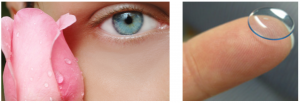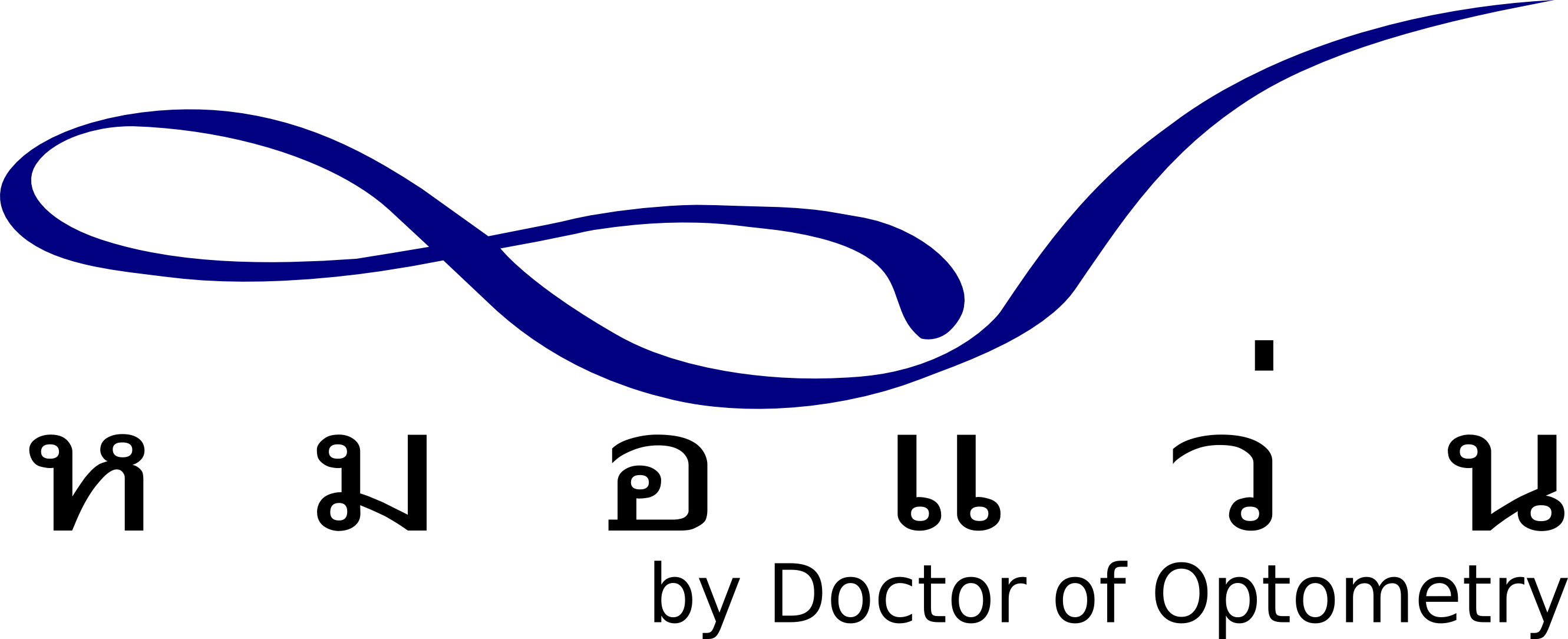
Gas permeable contact lenses (also known as GP, RGP) are made of a firm, durable plastic that transmits oxygen. They offer excellent eye health: because they don’t contain water like soft lenses do, they resist deposits and are less likely than soft contacts to harbour bacteria. GP contact lenses clean and disinfect easily, don’t dehydrate, are easier to handle, and last longer than soft lenses. And since GP contacts retain their shape better, they provide crisper vision than soft contact lenses.

Gas permeable contact lenses offer some outstanding benefits over soft lenses. For one, because GP lenses are made from a firm plastic material, they retain their shape when you blink, which tends to provide sharper vision than pliable soft lenses.
- People who are very discerning and are willing to go through a period of adaptation to contact lens wear to achieve the sharpest vision possible.
- Some people with astigmatism for whom soft contacts don’t produce the desired visual acuity.
- People with presbyopia, because GP lenses come in numerous bifocal and multifocal designs. Different bifocal designs work well for different people, so having many choices is a real plus. Also, many people find that the best combination of near and distance acuity is obtained with GP bifocals.
- People who have a condition called keratoconus, where the cornea is cone-shaped and causes extreme visual distortion.
- People who need contact lenses after refractive surgery.

GP lenses are not the same as the old hard lenses.
For one thing, GP lens materials allow oxygen to pass through the lens and reach your cornea. Hard lenses are not oxygen permeable.
Secondly, GP contact lenses are custom made for each individual. Your eye care practitioner will measure the exact shape of your cornea and prescribe lenses with the curvature, size, and corrective power that suit your particular eyes.
With advances in manufacturing, GP lenses are made in thinner designs, larger diameters, and with more consistently smooth edges than ever before. As well, more eye care practitioners are using sophisticated techniques to map eye topography, enabling the back surface of the lens to better align with the cornea.
All these changes result in lenses that center well on the eye, providing good comfort and crisp vision.
People sometimes mistakenly infer that a “soft” lens will be comfortable, but a “rigid” lens will not. In fact, both soft and GP lenses can provide long-term comfort.
However, soft lenses do provide better initial comfort, while GP lenses require a brief adaptation period. But this is due to the size of the lens — not the lens material.

Soft lenses are larger in diameter than GP lenses and “tuck under” the eyelids. As a result, you don’t feel the lens edges when you blink. But since GP lenses are smaller, during blinking your eyelids will experience initial “lens awareness.”
Your lids gradually adapt so that you don’t feel the lens with each blink. Once over that small hurdle, the comfort of soft and GP contacts can be comparable.
Think of it like getting a new pair of shoes. You may “feel” the shoes while you break them in, but if they’re the proper fit, that feeling disappears. Shoes don’t have to be made of gel to be comfortable, and neither do contact lenses.
More Info / Consult doctor
Dr. Bird Vuthipong Puengpipat
E-mail : vpbirdod@gmail.com
Line ID : @drbirdcl
Location Doctor Vision : http://goo.gl/maps/QPUo2
